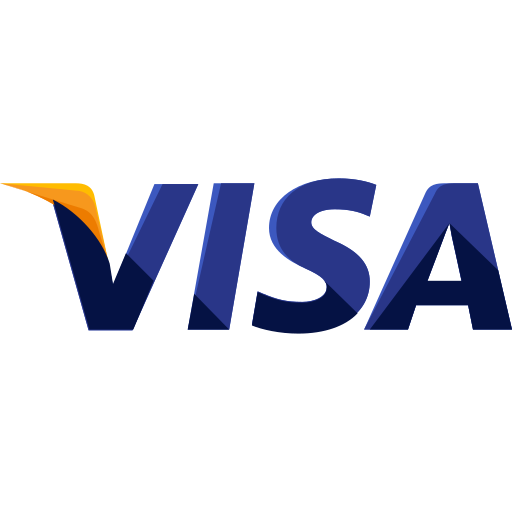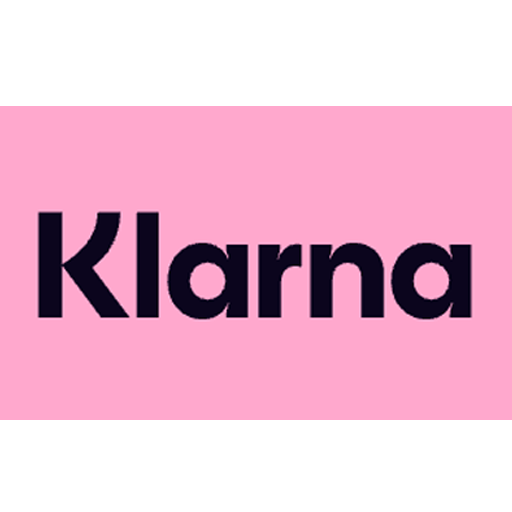Lastest meta analysis of taVNS in insomnia
Struggling with Sleepless Nights? taVNS Might Be the Non-Invasive Solution You've Been Waiting For.
Insomnia affects roughly one-third of adults worldwide, impacting mood, energy, and overall health. While therapies like CBT-I and medications exist, they often come with limitations like accessibility issues, side effects, or dependency risks. But what if a simple, non-invasive technique could offer significant relief?
Enter Transcutaneous Auricular Vagus Nerve Stimulation (taVNS). This innovative approach involves gently stimulating the vagus nerve – a key pathway influencing sleep, mood, and relaxation – through the outer ear using a small device. Think of it as tapping into your body's natural calming system.
What Does the Latest Science Say?
A comprehensive systematic review and meta-analysis (published May 2025) combined results from 6 clinical studies involving 336 patients with insomnia. Here's what they found:
-
Significant Sleep Improvement: Patients using taVNS showed clinically meaningful improvements in their sleep quality and insomnia severity.
- Pittsburgh Sleep Quality Index (PSQI): Average score reduction of -3.60 points (Low GRADE evidence).
- Insomnia Severity Index (ISI): Average score reduction of -5.24 points (Very Low GRADE evidence).
- Improvements were seen across key sleep aspects: falling asleep faster (latency), sleeping longer (duration), better sleep efficiency, and fewer nighttime disturbances.
-
Safe & Well-Tolerated: The analysis highlighted taVNS's excellent safety profile. Reported side effects were minimal (like mild, temporary ear discomfort) and manageable. This makes it a promising option for long-term use without the typical concerns of sleep medications.
-
How Does it Work? taVNS works by sending gentle electrical pulses through the skin of the ear (typically targeting areas like the concha or cymba conchae). This stimulates the auricular branch of the vagus nerve, which then signals key brain regions involved in sleep regulation (like the thalamus) and helps calm the overactive "fight-or-flight" (sympathetic) nervous system while boosting the "rest-and-digest" (parasympathetic) response. This neural and autonomic modulation is key to its sleep-promoting effects.
-
Synergy Potential: One exciting finding suggests combining taVNS with slow, paced breathing (around 0.1 Hz) and syncronizing exhalation with stimulation might amplify its benefits, leading to greater and longer-lasting improvements in sleep quality.
Important Context & Future Directions:
- Promising, But More Research Needed: While the results are highly encouraging, the overall quality of the evidence was rated Low to Very Low (GRADE assessment). This is mainly due to variations in study methods, small sample sizes in some studies, and the relatively new nature of the research field.
- Excluded Populations: Most studies excluded people with significant psychiatric conditions, so more research is needed in broader, real-world populations.
- Optimization is Key: Future research needs to pinpoint the best stimulation settings (frequency, intensity, duration, location) and treatment schedules for maximum effectiveness.
The Takeaway:
This robust analysis provides strong preliminary evidence that taVNS is a safe, non-invasive, and effective therapy for improving insomnia. It significantly enhances sleep quality, reduces insomnia severity, and tackles core sleep problems like difficulty falling and staying asleep.
If you're battling insomnia and seeking alternatives to medication or therapy barriers, taVNS represents a cutting-edge and promising avenue. Talk to your doctor about whether this innovative approach might be right for you. As research continues to refine its use, taVNS has the potential to become a mainstream tool for reclaiming restful sleep.
Try ZenoWELL MEDIT mode with breath practice to see if respiratory-gated taVNS will bring you deeper calmness.
Reference:
de Oliveira HM, Gallo Ruelas M, Viana Diaz CA, Oliveira de Paula G, Fruett da Costa PR, Pilitsis JG. Transcutaneous Auricular Vagus Nerve Stimulation in Insomnia: A Systematic Review and Meta-Analysis. Neuromodulation. 2025 May 5:S1094-7159(25)00144-8. doi: 10.1016/j.neurom.2025.04.001. Epub ahead of print. PMID: 40323248.
















